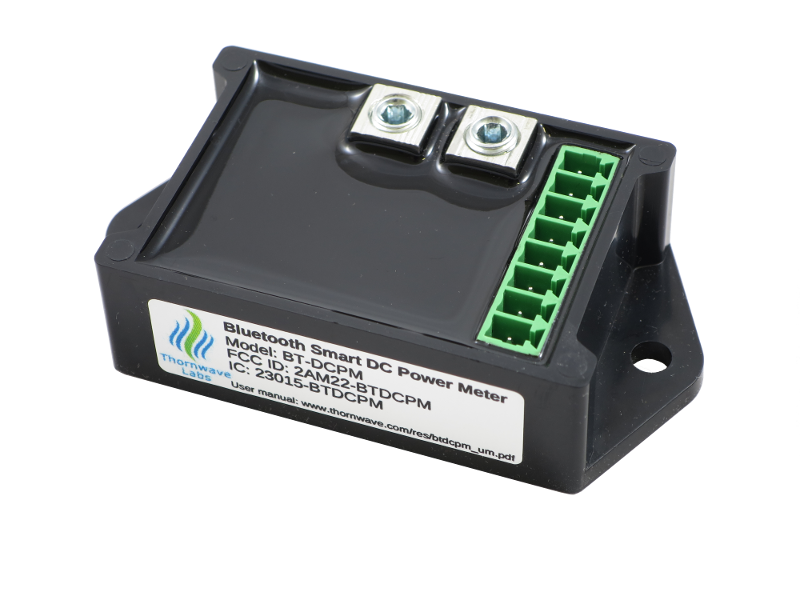I was wondering how accurate the capacity monitors on the market are?
The reason I ask is, some of them don't need calibration, and some only calibrate the "zero" point by discharging the battery, but what about the "full" point ?
Some measure the current going in and out, but without calibration, they can only measure the net gain or drain, but not absolute capacity, is it?
The LiFePO4 batteries have a very flat voltage/capacity curve, and they are different from batt to batt, plus the batteries voltage would settle down after charged, so how accurate can that be ?
Any comments ?
The reason I ask is, some of them don't need calibration, and some only calibrate the "zero" point by discharging the battery, but what about the "full" point ?
Some measure the current going in and out, but without calibration, they can only measure the net gain or drain, but not absolute capacity, is it?
The LiFePO4 batteries have a very flat voltage/capacity curve, and they are different from batt to batt, plus the batteries voltage would settle down after charged, so how accurate can that be ?
Any comments ?



